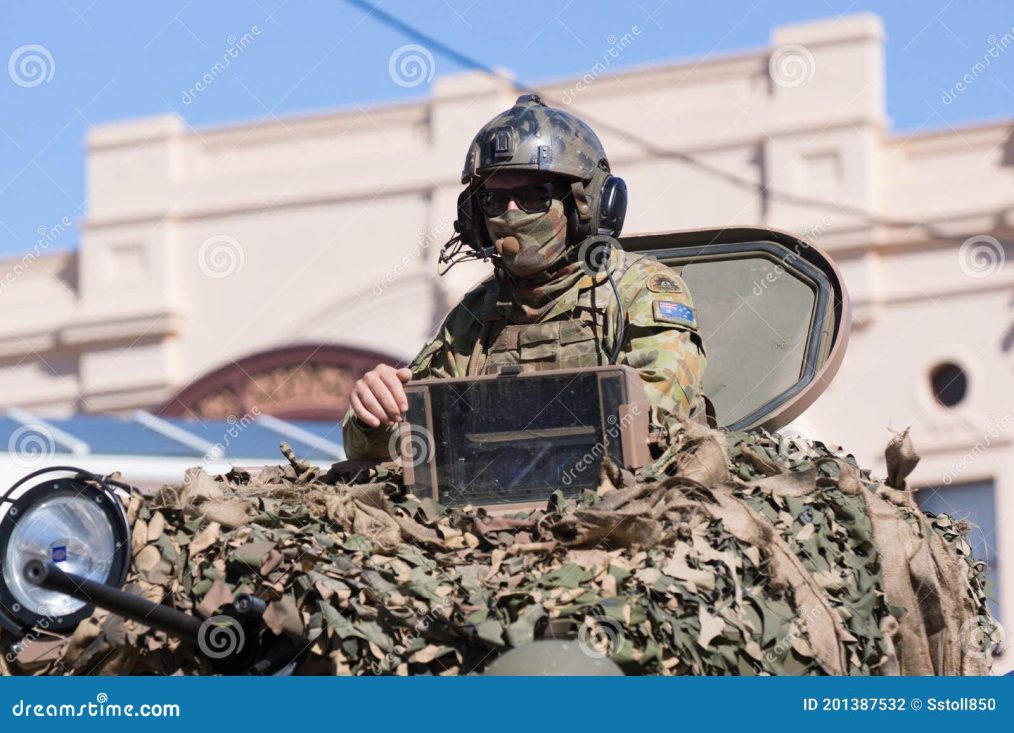This helmet camera video shows detailed inside and outside episodes of an M1A2 Abrams Main Battle Tank crew working together while conducting Gunnery Table V(training) and Gunnery Table VI (qualification).
Channel 9 Australia filmed this SASR selection documentary 40 years ago this year “Battle for the Golden Road” SASR Selection Doco from 1984, Battle for the Golden Road, PLATATAC proudly share this with the guys that attended 40 years ago
When it comes to military families you can’t do much better than the CV-90. This Swedish group of vehicles represents some of the most effective tracked armoured offerings that the world has ever seen. As far as infantry fighting vehicles go this group are some of the most mobile and agile so it’s no wonder that they’ve become a fixture in the Swedish fleet for coming up to 3 decades. Let’s take a look at what makes them so special.
The Albanese government is contemplating measures to combat online abuse directed at public figures, with the Labor government initiating a public consultation on potential amendments to the Online Safety Act in a bid to enhance national safety. Communications Minister Michelle Rowland emphasized the government’s commitment to bolstering online safety and acknowledged the need for an inclusive review process to address emerging digital harm to public figures.
The consultation, which commenced on April 29, seeks to examine the efficacy of existing legislation in tackling various forms of online misconduct, including hate speech, orchestrated attacks, and content generated by artificial intelligence.
Minister Rowland underscored the importance of adapting regulatory frameworks to evolving digital landscapes, highlighting the significance of penalties, safeguarding children’s interests, and drawing insights from global practices. Delia Rickard, a former deputy chair of the Australian Competition and Consumer Commission, leads an independent review tasked with assessing the adequacy of current legal provisions and proposing enhancements to address online harms comprehensively.
Among the issues under scrutiny are the prevalence of online abuse targeting public figures and individuals who maintain an online presence as part of their professional obligations. The review acknowledges the heightened vulnerability of public figures to online harassment and emphasizes the imperative to safeguard their digital well-being.
By soliciting input from stakeholders and civil society, the government aims to ensure that regulatory reforms align with contemporary challenges and foster a positive digital environment conducive to broader societal engagement.
When Susan Coyle joined the Army in the late 80s, there were no women serving in the highest ranks of the Army. Now, Major-General Coyle is about to be promoted to a three-star general, and as the new head of the ADF’s cyber and space commands, will be the first woman to lead one of the Australian military’s warfighting domains.
Genghis Khan, the legendary Mongol conqueror, had a unique approach for his time when it came to treating his soldiers. Known for his strategic brilliance and military prowess, Khan understood the importance of a strong and loyal army in his quest to build the largest empire in history. So how did he treat his soldiers?
First and foremost, Genghis Khan believed in meritocracy. He valued skill, loyalty, and bravery above all else. Regardless of their background or social status, anyone who demonstrated these qualities had the opportunity to rise through the ranks of his army. This approach fostered a sense of unity and purpose among his soldiers, as they knew that their achievements would be rewarded.
Khan was also an astute observer of human nature. He recognized that soldiers needed to be motivated and inspired to fight with unwavering dedication. To achieve this, he led by example. Genghis Khan was renowned for his courage on the battlefield, often placing himself at the forefront of his troops during crucial engagements. This not only boosted morale but also instilled a sense of camaraderie and trust among his soldiers.
In addition to leading from the front, Khan took great care of his troops’ physical well-being. He ensured that his soldiers were adequately fed, equipped, and cared for. The Mongol army was known for its skilled horsemen, and Khan prioritized the breeding and training of horses to provide his soldiers with superior mounts. This gave them a significant advantage in maneuverability and speed during battles.
Furthermore, Genghis Khan implemented a system of rewards and recognition for valorous acts. Soldiers who displayed exceptional bravery or achieved notable successes on the battlefield were given honors, titles, and even land. This not only motivated his soldiers to excel but also created a sense of pride and camaraderie within the ranks.
However, Khan was also a strict disciplinarian. He demanded discipline and obedience from his soldiers, as he believed that a well-disciplined army was crucial for maintaining order and achieving victory. Disobedience or betrayal was met with severe consequences, ensuring that his troops remained loyal and committed to the cause.
The new CH-53K is the most powerful helicopter in the Pentagon’s inventory and it provides a critical long-range, heavy-lift capability.
CLICK LINK to read the article.
Check Out This Marine CH-53K Carrying An F-35C While Refueling From A KC-130T (twz.com)










